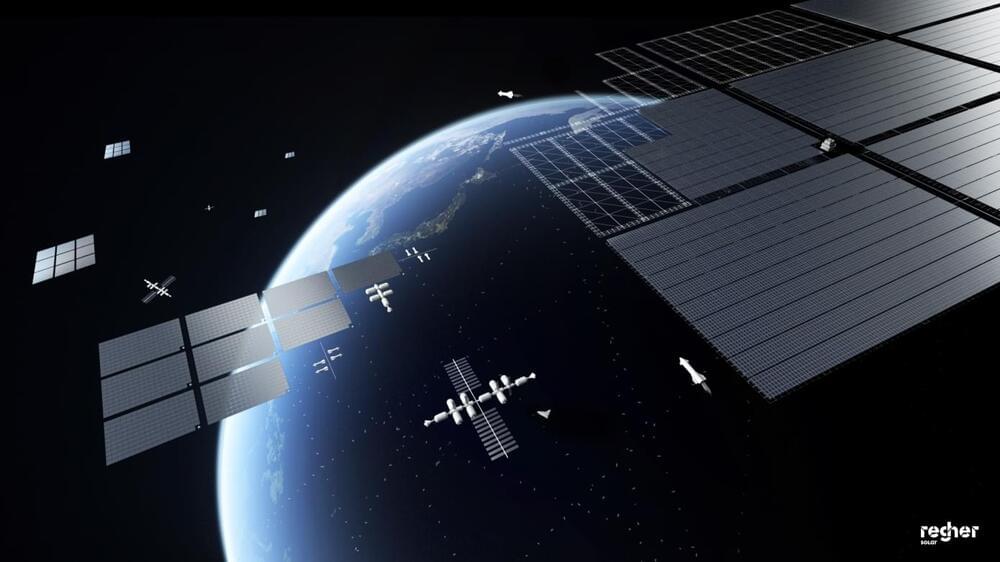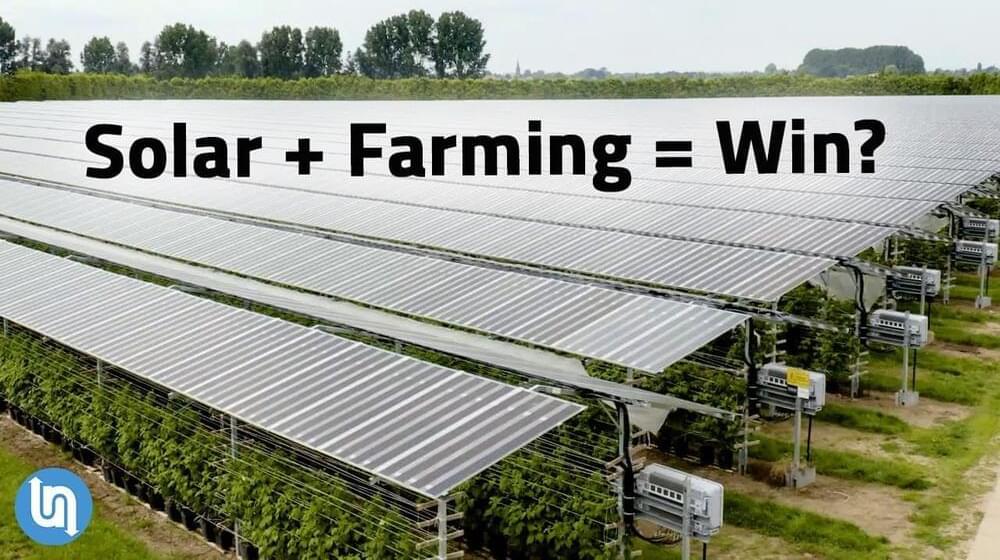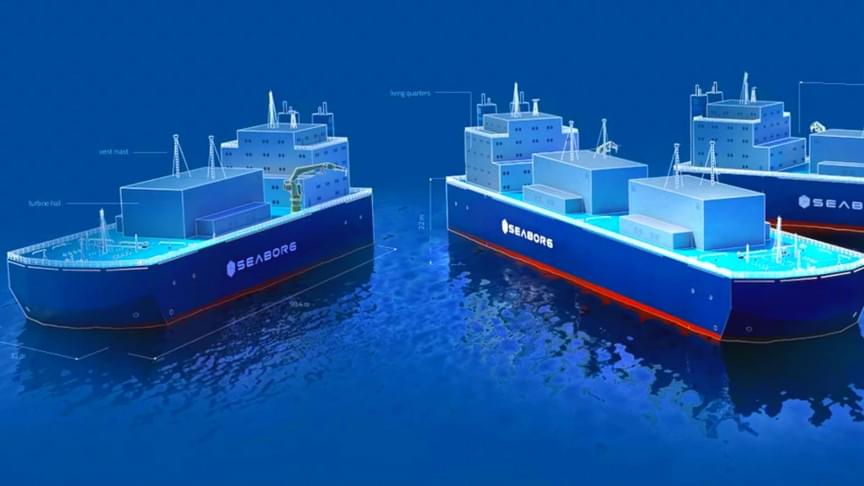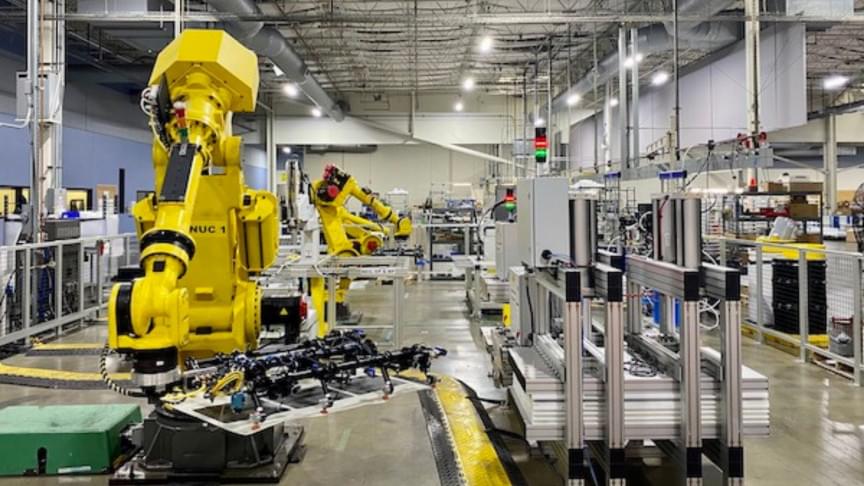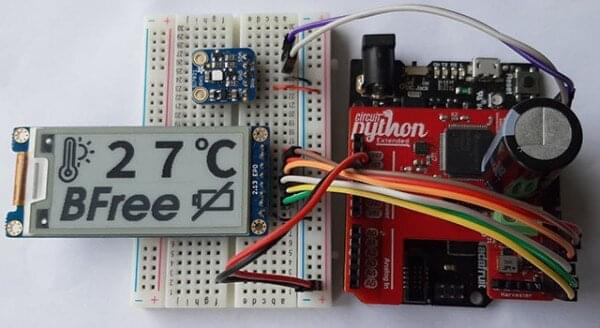One emergent company, Virgin Orbit wants to switch from a fuel-burning upper stage to solar energy, a move that could support future human habitats on other planets.
The satellite launch company has made a name for itself with its visually striking rocket launches. Strapped to the wing of a Boeing 747 the LauncherOne rocket doesn’t need the same launch pads and infrastructure as its competitors.
Virgin Orbit has hosted two successful launches to orbit, but it’s not stopping there. CEO Dan Hart tells Inverse that “we’re developing a solar electric upper stage for our rocket right now.”

